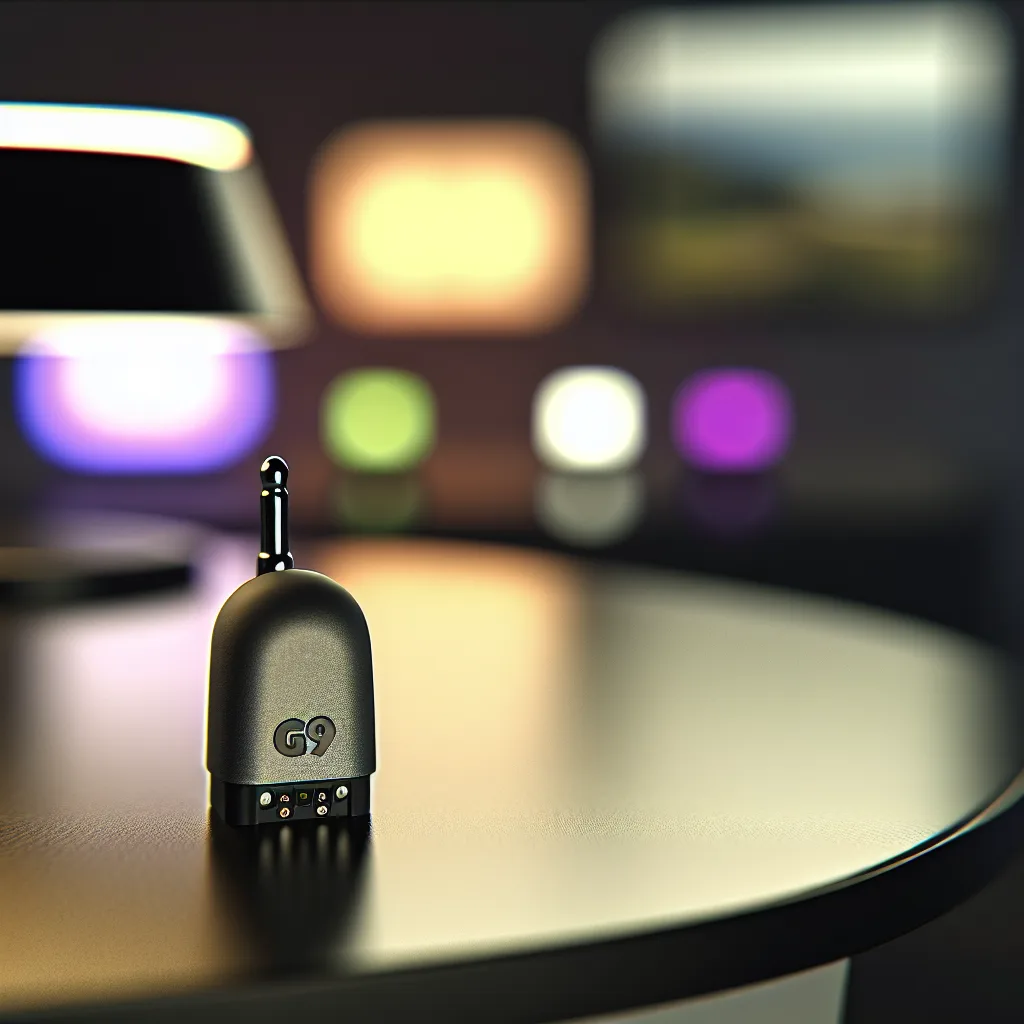The hunt for a tiny smart bulb is often frustrating. Here’s why—and what you should do instead.
You’ve got your smart home dialed in. The living room lights fade up for movie night, the kitchen colors shift to a cool white when you’re cooking, and everything responds to your voice. It’s seamless. But then there’s that one lamp—that really cool, modern fixture you love—that’s stuck in the dark ages. It’s powered by a tiny G9 bulb, and your hunt for a G9 smart bulb has likely led you down a frustrating rabbit hole of confusing listings and bad reviews. If you’re wondering why you can’t just buy one from a major brand, you’re not alone.
I went on this exact search myself, and it turns out there’s a good reason these little bulbs are so hard to find. It’s not that companies don’t want your money; it’s a genuine engineering headache.
Why is a Good G9 Smart Bulb So Elusive?
The biggest culprit is size. A G9 bulb is incredibly small, designed to fit into compact and stylish fixtures. But inside a smart bulb, you need more than just an LED. You need a chip for Wi-Fi or Zigbee connectivity, controllers, and components to handle power conversion. Squeezing all of that hardware into a tiny G9 capsule without it overheating is a massive challenge.
Heat is the enemy of electronics, and smart components generate a fair bit of it. Larger bulbs, like the standard A19, have enough surface area and internal volume to dissipate that heat effectively. A tiny G9, however, can quickly cook its own smarts, leading to flickering, poor performance, and a short lifespan. This is why the big players in smart lighting, like Philips Hue, haven’t touched this format. The technology just isn’t there yet to meet their quality and reliability standards in such a small package.
The Wild West of Online Listings: What to Expect from a G9 Smart Bulb
So, what about the ones you can find on Amazon or other online marketplaces? These are typically from lesser-known brands and often come with a few trade-offs. If you decide to try one, here’s what you need to keep an eye on.
- Connectivity Issues: This is the most common complaint in user reviews. Many of these bulbs use Wi-Fi, and the tiny internal antenna can be weak, leading to frequent disconnects from your network. Others use Zigbee, which can be more stable, but you’ll need a compatible hub. For more on that, the Connectivity Standards Alliance explains how this mesh network technology works.
- Questionable Color and Brightness: The spec sheets for these bulbs are often sparse. Key metrics like the Color Rendering Index (CRI), which measures how accurately colors appear under the light, are usually missing. The RGB colors can also be much dimmer than the white light, or you might see poor color separation, where the light looks patchy and uneven.
- Size May Be an Issue: Even if it’s a G9 base, the “bulb” part might be larger than a standard halogen G9 to accommodate the smart components. Always double-check the dimensions to make sure it will physically fit in your fixture.
Better Alternatives for Your G9 Fixtures
Honestly, after looking at the available options, I’ve concluded that forcing a mediocre G9 smart bulb into your setup might not be the best solution. The good news is there are much more reliable ways to bring that G9 fixture into your smart home ecosystem.
The best solution, by far, is to upgrade the switch on the wall. A smart light switch controls the entire fixture, so it doesn’t matter what kind of bulb is in it. You can keep the beautiful, high-quality light from a standard “dumb” G9 bulb while getting all the smart control you want—scheduling, voice commands, and remote access. Brands like Lutron, Leviton, and TP-Link Kasa make fantastic, reliable options. Reputable sites like CNET have great roundups to help you choose the right one for your home.
If your G9 fixture is a plug-in lamp, the solution is even simpler: a smart plug. You just plug the lamp into the smart plug, and the plug goes into the wall outlet. It’s a cheap, incredibly easy, and rock-solid way to add on/off smart control.
So while the dream of a perfect, tiny G9 smart bulb isn’t quite a reality for most of us yet, you don’t have to leave your favorite fixtures behind. By shifting your focus from the bulb to the control method, you can get the seamless smart home experience you’re looking for without the headache.
